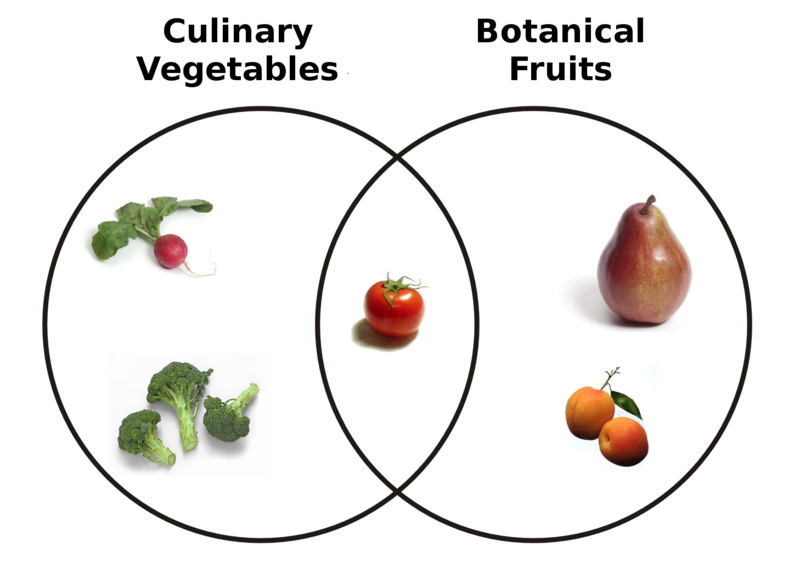
Introduction
Have you ever wondered why we categorize some foods as fruits and others as vegetables? Fruits and vegetables are essential parts of a healthy diet, but they are not the same. There are some key differences between them that we will explore in this article.
The Definition of Fruits and Vegetables
Botanically speaking, fruits and vegetables are defined differently. Fruits are the mature ovaries of flowering plants that contain seeds, while vegetables are the edible parts of plants, such as leaves, stems, and roots.

The Culinary Definition of Fruits and Vegetables
When it comes to cooking and eating, we have a different definition of fruits and vegetables. Fruits are typically sweet and used in desserts or eaten as a snack, while vegetables are savory and used in main courses or side dishes.

The Nutritional Differences Between Fruits and Vegetables
Fruits and vegetables offer different nutritional benefits. Fruits are often high in vitamins and fiber, while vegetables are typically higher in minerals and fiber. For example, oranges are high in vitamin C, while spinach is high in iron.

The Legal Definition of Fruits and Vegetables
In the United States, there is a legal definition of fruits and vegetables that is used for customs and tariffs. Fruits are classified as sweet or dessert fruits, while vegetables are classified as culinary vegetables. This definition is based on the way the food is used, rather than its botanical or nutritional properties.
The Grey Area
There are some foods that blur the line between fruits and vegetables. For example, tomatoes are technically a fruit, but they are often used as a vegetable in cooking. Similarly, avocados are classified as a fruit, but they are typically used in savory dishes.

Cooking with Fruits and Vegetables
Fruits and vegetables can be used in a wide variety of dishes. Fruits are often used in desserts, smoothies, and salads, while vegetables are used in soups, stews, and stir-fries. Both fruits and vegetables can be roasted, grilled, or sautéed for added flavor.

Examples of Fruits
Some common examples of fruits include:
- Apples
- Bananas
- Oranges
- Grapes
- Strawberries
Examples of Vegetables
Some common examples of vegetables include:
- Broccoli
- Carrots
- Spinach
- Potatoes
- Cucumbers

The Importance of Eating Fruits and Vegetables
Regardless of their differences, both fruits and vegetables are important for maintaining a healthy diet. They are low in calories and high in nutrients, making them an excellent choice for weight loss and overall health.

Conclusion
In conclusion, while fruits and vegetables have some key differences, they are both important for a healthy diet. Whether you prefer sweet or savory, there are plenty of options to choose from when it comes to incorporating fruits and vegetables into your meals.